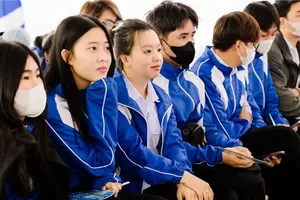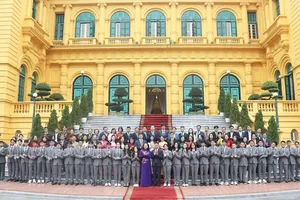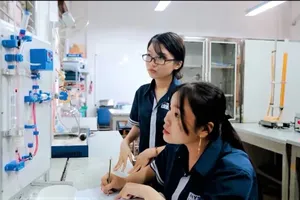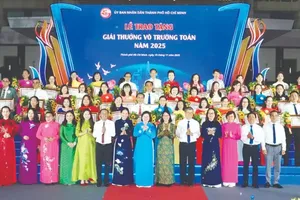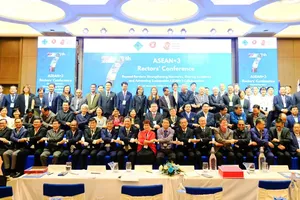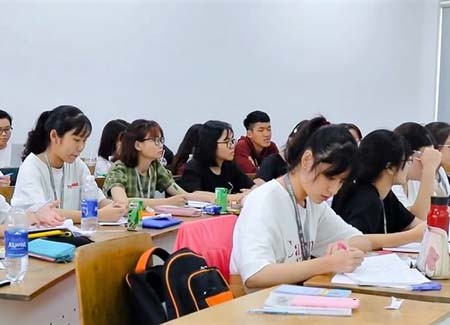
The national project ‘Advanced Programs in Tertiary Education’ was first piloted in 2006 in 10 major universities of Vietnam by the Ministry of Education and Training. The purpose of these programs is to improve the quality of domestic programs to international level. Yet until now, this project has not received much attention due to the low quantity of applicants.
In contrast, another project to organize ‘High-quality Programs in Tertiary Education’ has gained more interest of the public and educational institutes. In certain universities, the admission target for these programs accounts for nearly a half of the regular ones.
Being one of the 10 chosen universities in the latter project, Ho Chi Minh City (HCMC) University of Technology and Education began welcoming the first cohort in 2006, when the concept of ‘high-quality program’ was still quite unfamiliar with the public. Despite not being able to attract a sufficient number of students, the university still tried its best to maintain the program’s commitments. This has made the university gradually famous for its premium training quality in 17 learning programs (accounting for 44 percent of all existing programs).
Realizing the fame of such an ideal training course, other tertiary educational institutes rush to follow the step to gain their own prestige.
The University of Finance – Marketing, for example, holds 5 high-quality programs out of its 11 ones with the admission target of one-third of the total quantity. HCMC University of Transport organizes 12 high-quality out of 16 programs. Ton Duc Thang University saves 26 out of 39 programs for high-quality bilingual training and English-only training.
Other state universities, regardless of their prestige, allocate an increasing admission target each year.
Among state universities, except for the 23 institutes allowed financial autonomy in the period from 2015-2017, others have to observe Decree No.86 of the Government about school fee. This has resulted in severe financial difficulties.
Point 3 of Article 4 in Circular No.23 states that universities can self-define the level of learning fees for high-quality programs on the basis of precise and sufficient calculation of the expense for the whole course to fulfill all commitments and make exemption for students under state financial-supported policies.
This particularly makes high-quality programs more lucrative for state universities to tackle money issues.
In the University of Finance – Marketing, as oppose to the school fee of VND18.5 million (approx. US$800) per student per year for a regular program, the high-quality one costs VND36.3 million ($1,570) per year.
Similarly, the fee for a high-quality program in HCMC University of Technology and Education is VND28 million ($1,210) per year for the Vietnamese-only class or VND30 million ($1,300) per year for the English-only class, compared to the fee of VND18.5 million ($800) a year of a regular program.
According to Mr. Phung Quan, Head of the Information and Communication Office of University of Science (Vietnam National University HCMC), the real expense per person in a regular training program is around VND15-20 million ($650-865) per year while the obtained school fee is just VND8-11 million ($345-475) a year (as stated in Decree No.86). Therefore, to satisfy both the quality and financial aspect, many universities launch project training courses based on compromises with learners, where the school guarantees training quality and professional activities in accordance with the fee paid by students.
